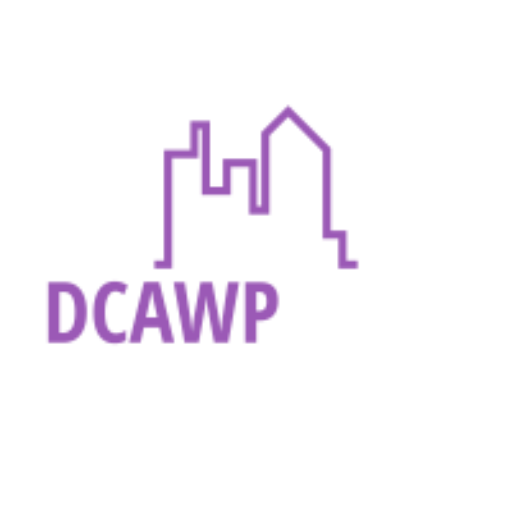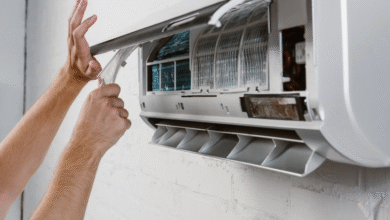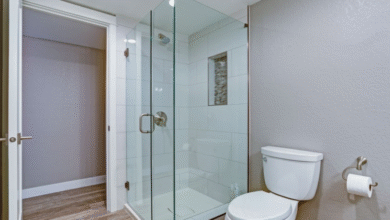Chimney Safety Basics: Ensuring a Secure and Comfortable Home

Key Takeaways
- Understand the fundamental aspects of chimney safety.
- Learn about common issues and how to address them.
- Discover the benefits of regular chimney inspections.
Introduction to Chimney Safety
Chimneys symbolize warmth and tradition, providing charm and functional benefits. However, they come with responsibilities that homeowners must not overlook. Regular chimney inspections are essential for safety, extending the chimney’s lifespan, and ensuring the comfort of your household. These chimney inspections help identify hazards and mitigate risks of fires and other safety issues. Homeowners should prioritize routine maintenance and inspections to keep their fireplaces safe and pleasurable, avoid expensive repairs, and maintain a secure house.
Understanding Chimney Inspections
Chimney inspections are essential for chimney safety, and the Chimney Safety Institute of America categorizes them into three levels.
- Level 1 is a basic annual inspection of all accessible parts to check for blockages or structural issues.
- Level 2 involves detailed visual scans using cameras and is performed after system changes or potential damage events, like an earthquake.
- Level 3 is the most thorough, often requiring the removal of chimney components for a comprehensive evaluation, which is typically done when serious damage is suspected.
Common Chimney Problems
Chimneys, though sturdy, can face several problems. Common issues include creosote buildup, which can cause chimney fires, and blockages from debris like leaves or animal nests that hinder airflow and may lead to carbon monoxide accumulation indoors. Structural problems like cracks, spalling bricks, or deteriorating mortar often arise from moisture, freeze-thaw cycles, or aging. These issues can compromise the chimney’s integrity and indoor air quality. Regular assessments can help catch these problems early, saving homeowners from costly repairs and ensuring safe, efficient chimney function.
How to Address Chimney Issues
Tackling chimney problems involves both preventive maintenance and professional help. Homeowners can reduce minor issues by regularly cleaning flues, installing quality chimney caps, and using seasoned wood to limit creosote buildup. However, serious problems like refractory damage require the expertise of certified chimney specialists. Despite their apparent attraction, do-it-yourself repairs might result in further harm or personal danger if not done correctly.
The Importance of Regular Maintenance
Routine chimney maintenance is necessary for both performance and safety. It includes cleaning, inspections, and repairs to extend the chimney’s life and efficiency. Routine checks can prevent hazardous conditions, such as chimney fires from creosote buildup, and protect your property from smoke damage. Consistent maintenance also leads to financial savings by avoiding emergency repairs, making it a smart choice for homeowners.
Seasonal Chimney Care Tips
Chimney care is crucial year-round, with seasonal tasks for maintenance. Before colder months, ensure chimneys are cleaned and inspected, clearing any spring and summer blockages. Check for ice dams that could harm the chimney cap in winter, and watch for leaks or drafts. Spring and fall are ideal for detailed inspections and repairs, as mild weather allows for thorough work without the urgency of winter. Frequent maintenance keeps the chimney system operating efficiently and helps prevent little problems from growing into bigger ones.
Benefits of Safe Chimneys for Your Home
Maintaining your chimney offers several benefits, enhancing your home’s security and comfort. A well-maintained chimney ensures proper ventilation, reducing the risk of carbon monoxide buildup and preventing smoke from entering living spaces. Reducing heat loss also increases energy efficiency and lowers heating expenses. According to the U.S. Department of Energy, such efficiency can improve a home’s environmental impact. Homeowners can enjoy their fireplaces without sacrificing safety or efficiency by prioritizing chimney safety.
Expert Insights and Recommendations
Experts emphasize regular inspections and maintenance for chimney safety. Technological advancements, including chimney liners and smart detectors, help monitor chimney health and alert homeowners to issues like blockages. Combining these innovations with traditional safety practices enhances home safety, allowing homeowners to enjoy their fireplaces with peace of mind, knowing their chimneys are safe and effective.




